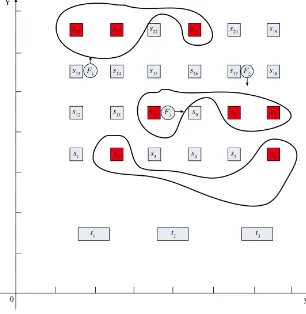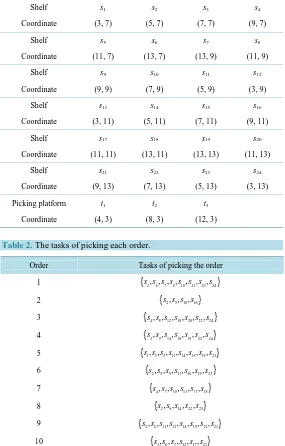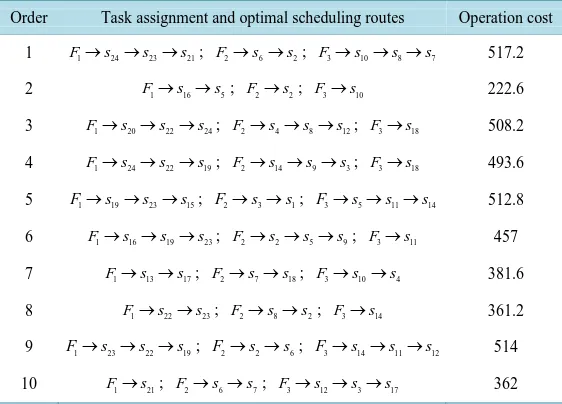Mathematical Model and Algorithm for the Task Allocation Problem of Robots in the Smart Warehouse
Full text
Figure



Related documents
Four integrated attributes exist in the DEX model: (1) soil nutrient status: representing the pools and fluxes and availability of nutrients for plants and soil organisms (including
PORTER'S FIVE COMPETITIVE FORCES MODEL as a tool for making decisions about entering or not entering certain areas of e-commerce and marketing strategies are
In this paper, we have examined the timing of a request for examination under Japanese unique patent system both theoretically and empirically. We can explain the …rm’s decision
Moreover, though the share of households reporting a wealth transfer in the five and ten years preceding the survey year each increased slightly from 1989 to 2007 and the average
Chọn đối tượng được tạo sau cung chọn vật thể được undo Chọn các đường trùng nhau Chọn màu chọn theo layer chọn điểm point Chọn số đo chọn
Fueling disproportionality of culturally and linguistically diverse students in special education: Implications for teacher preparation programs..
Use of hearing protectors, maximizing the distance from the source of noise, and providing enclosure to minimize noise transmission are a few methods of miti- gating the effects of
Governed and regulated by state boards of accountancy and effects of failure to follow codes of conduct